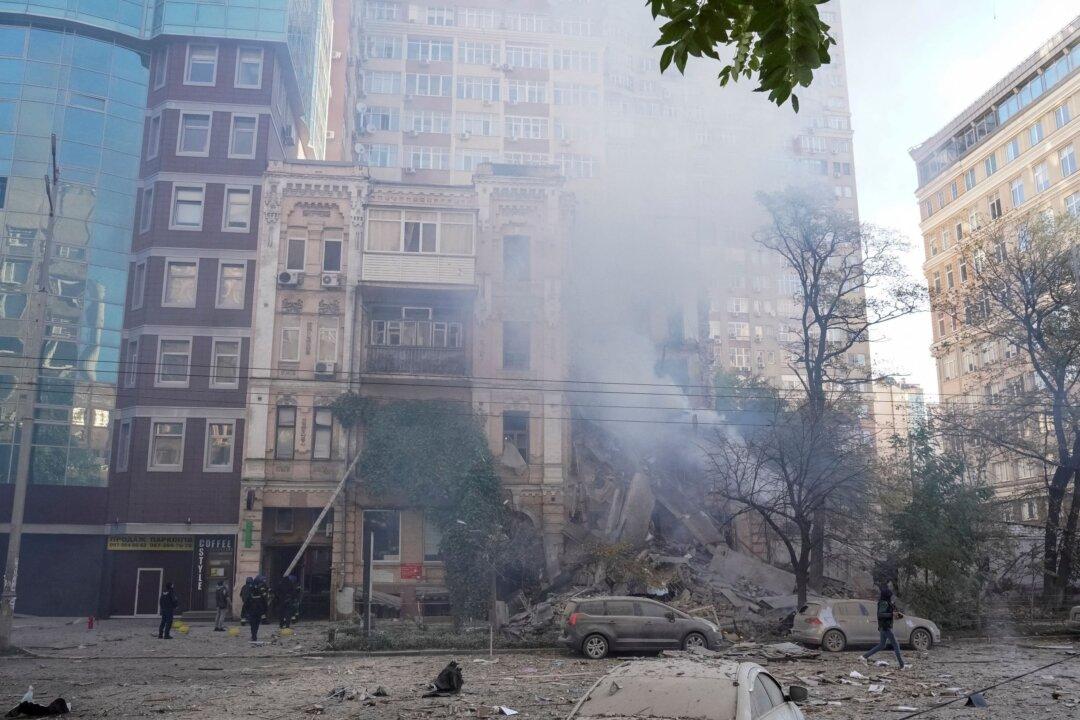Commentary
During the Jewish Passover holiday, the alleged Highland Park Fourth of July Parade shooter tried to enter a synagogue. He was turned away by the synagogue’s rabbi. That rabbi, Yosef Schanowitz, recalled the incident when he saw the picture of the suspected Highland Park shooter released to news services.





